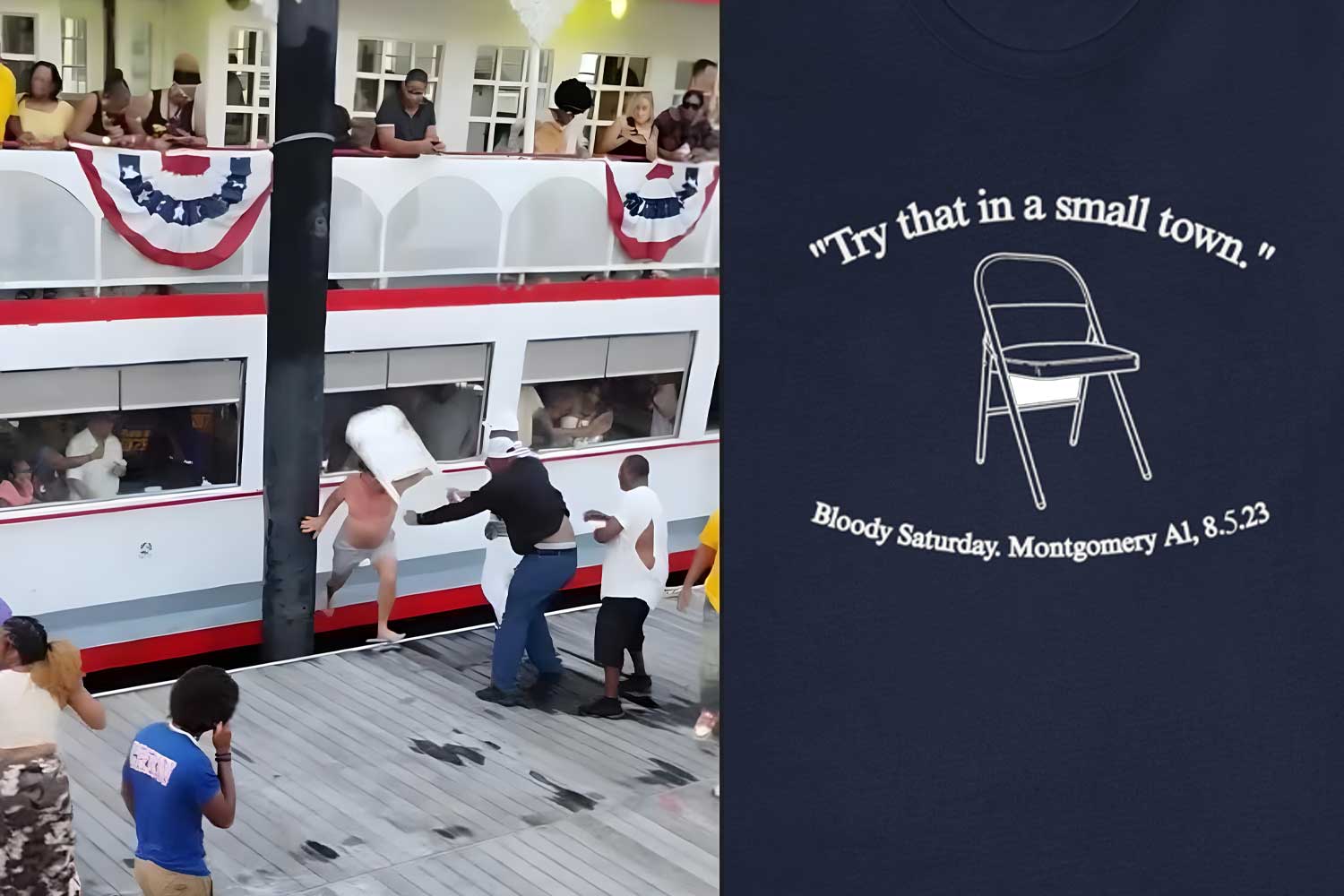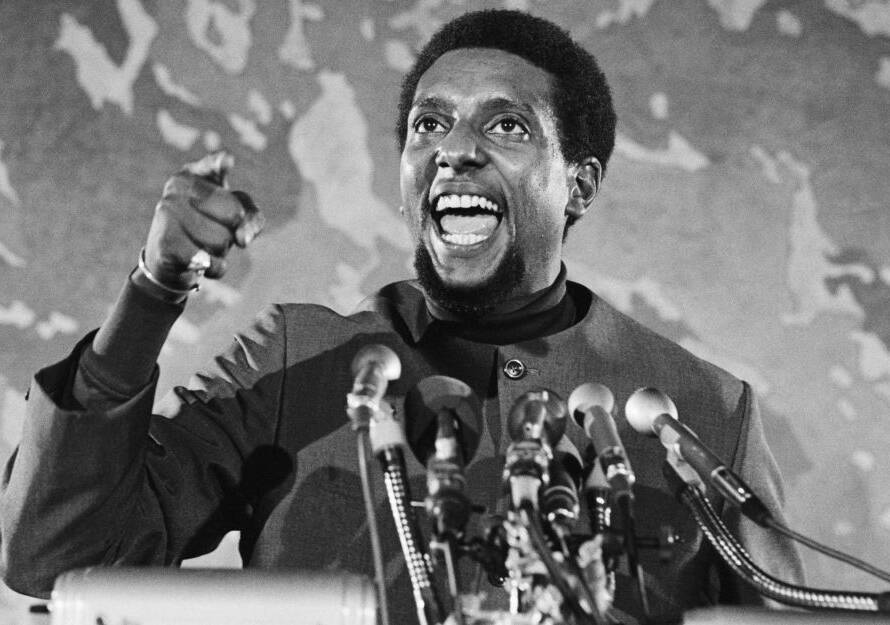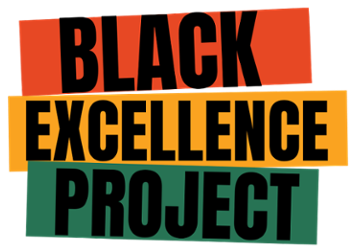Published: August 5, 2025
By: Charles Z. King | America in Black and White
Two years ago today, the calm waters of the Alabama River became the backdrop for a moment that would ripple across the nation. On August 5, 2023, a confrontation at Montgomery’s Riverfront Park escalated into what is now known as the Riverboat Brawl—a flashpoint that exposed deep racial tensions, ignited viral solidarity, and reminded us that history is never far from the present.
What Sparked the Brawl?
The Harriott II riverboat, carrying over 200 passengers, was returning from a dinner cruise when it found its designated docking space blocked by two pontoon boats. Despite repeated announcements over the public address system, the boaters refused to move. After nearly an hour of waiting mid-river, co-captain Dameion Pickett and 16-year-old deckhand Daniel Warren went ashore to resolve the issue.
Accounts differ on whether Pickett asked the boaters to move or attempted to shift the vessels himself. What’s clear is that a white man shoved Pickett, and the co-captain responded. Warren tried to intervene and was punched. What followed was a chaotic melee involving fists, kicks, and a now-iconic folding chair. A Black teenager swam across the river to help—earning the nickname “Black Aquaman”—and Pickett’s airborne hat became a symbol of resistance.
The Viral Aftermath
Captured by dozens of phones aboard the Harriott II, the footage spread like wildfire. Social media lit up with memes, reenactments, and commentary. The brawl was dissected on talk shows, podcasts, and comedy stages. For many, it wasn’t just a fight—it was a cultural reckoning.
Stand-up comics likened the moment to a Marvel-style call to arms. “Who knew Wakanda was in Alabama?” joked Josh Johnson. The folding chair became a symbol of Black defense, and Pickett’s hat toss was seen as ancestral invocation.
Legal Outcomes & Community Response
The FBI found no evidence of a hate crime, but the court cases played out over months. Richard Roberts, who threw the first punch, served 32 days in jail and completed 100 hours of community service. Others received suspended sentences, fines, or anger management orders.
Montgomery responded with increased surveillance and security around the riverfront. On the first anniversary, a commemorative walk was held to promote healing. Women wore yellow and pink, laying roses in remembrance. Organizer Candyce Anderson called it “an opportunity to bring some much-needed positive energy”.
Residual Effects Today
Two years later, the Riverboat Brawl remains a cultural touchstone. It sparked conversations about race, respect, and community accountability. It also inspired creative works—from aquatic-themed comic books to spoken word pieces and visual art.
The incident reminded us that Black history isn’t confined to textbooks or museum walls—it lives in the everyday, in the resistance, in the refusal to be disrespected. It also showed how quickly solidarity can rise when injustice is visible and visceral.
As we mark this anniversary, we honor not just the moment, but the movement it sparked. The Montgomery Riverboat Brawl was more than a fight—it was a mirror. And what we saw in it continues to shape how we show up, speak out, and stand together.



